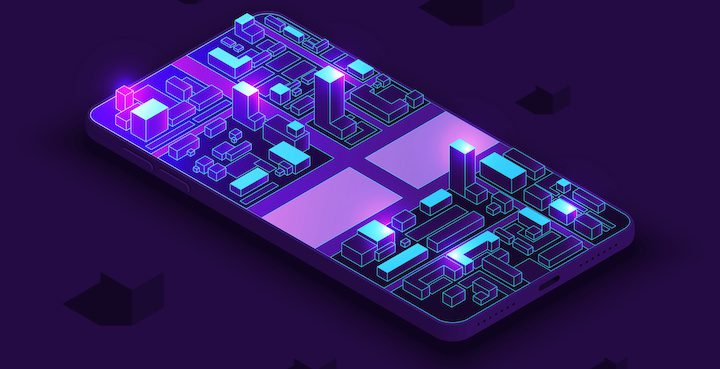A digital twin is a virtual representation of a physical object or process – a digital clone of the real thing. According to Wikipedia, the first practical application of a digital twin originated from NASA in attempts to improve the model simulation of a spacecraft in 2010.

A lot has happened with this technology over the last decade, and the market is experiencing explosive growth. The digital twin market was valued at $3.1 billion U.S. in 2020 and is expected to reach $28.2 billion by 2026. Sectors like healthcare, automotive and manufacturing are all showing interest in this technology and how it can help their business.
Predicting future outcomes
The building design, construction, urban planning, and property management sectors are also using digital twins to their advantage. Urban environments can now be planned and modeled, and augmented reality implemented, to create buildings and map out entire neighborhoods. For existing environments, digital twins can be used to predict future outcomes and behaviors.
Selecting building materials
While buildings are in the design stages, digital twins can help inform decision making when selecting building materials for either their viability or to determine environmental sustainability. Per World Economic Forum,
Digital twins therefore enable ongoing innovation in materials and sustainable designs to be modelled, and can even disclose the carbon footprint of a building before it is built. This is very important because the built environment accounts for 25-40% of the world’s total carbon emissions and buildings consume 25-40% of global energy. Given the volume of new property that needs to be built to accommodate the increase in urbanization, it’s important that the sustainability performance of property and construction improves; otherwise, meeting the demands of increased urbanization could have a disastrous impact on our environment.
Building management benefits
Building managers also stand to benefit from the data goldmine that a digital twin can offer. For example, for a call to repair a broken pump, a maintenance technician can utilize a digital twin to understand the design and intent of the pump before entering the site. This allows them to have a big-picture view of the issue rather than a view of the repair job in front of them.
With the rise in smart sensors, AI, BIM and the Internet of Things, digital twins can allow building operators to bring together previously unconnected systems, be they security, HVAC, or energy management, and gain new insights. Occupant behavior such as traffic patterns and how spaces are being used can all be monitored to better inform design changes and anticipate what can happen in emergency scenarios. They can also be used to give tenants more control over their environments.
Bridging the gaps between building design, construction and how the building will actually perform is the ultimate endgame of a digital twin. Industry uptake is currently slow due to the training, up-front costs and piece-meal procurement practices that present challenges. But with clear rewards on the horizon, this technology is one that the industry is expected to embrace.


